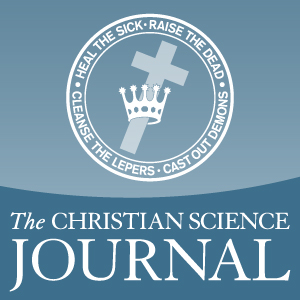Joyce Voysey
About
Jesus parable of the seed sown in various places (in chapter 8) – by the way
side, upon a rock, among thorns, in good
ground: we humans are inclined to try to classify ourselves in one of those
areas, but couldn’t we honestly classify ourselves as being in any one of them
in different situations? Don’t we sometimes find that the fowls of the
air steal away our inspiration, or that it withers away for lack of depth of
ground for it to flourish in, or is choked with thorns? But we must not
fuss, because some falls on good ground and is grandly fruitful.
Question: What do the thorns represent?


